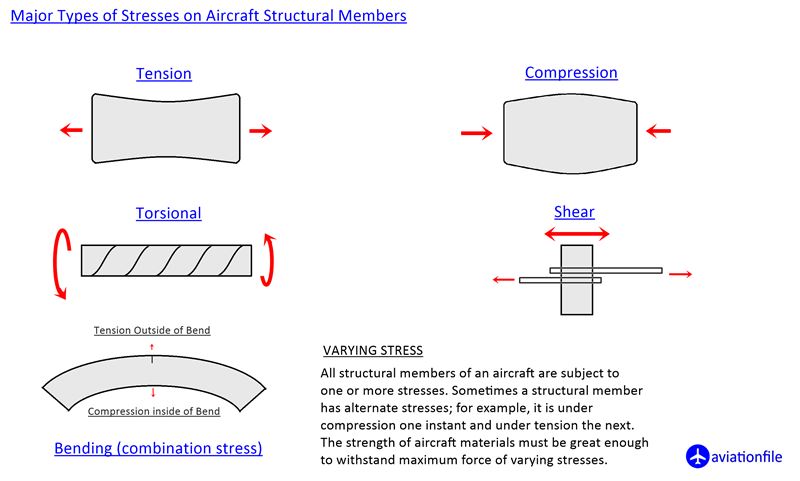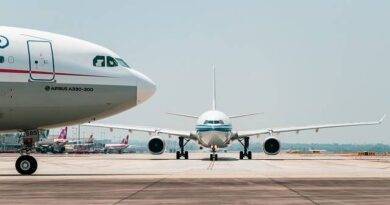Why Airplanes Store Fuel in Their Wings: Understanding the Benefits
Airplanes are marvels of modern engineering, meticulously designed to maximize safety, efficiency, and performance. One critical aspect of aircraft design is fuel storage, and you’ll find that most commercial airplanes store their fuel in the wings. This article explores why storing fuel in the wings is a preferred solution and how it benefits the overall design and functionality of an aircraft.
Weight Distribution: Enhancing Balance and Stability
One of the primary reasons for storing fuel in the wings is to maintain the aircraft’s center of gravity and balance. Fuel constitutes a significant portion of an airplane’s weight. By distributing this weight evenly across the wings, the aircraft achieves better stability during flight. Proper weight distribution is crucial for maintaining control and ensuring smooth operation from takeoff to landing.
Structural Efficiency: Utilizing Wing Strength
Aircraft wings are engineered to be incredibly strong, capable of withstanding various stresses during flight. This inherent strength makes the wings an ideal location for fuel storage. The wing structure can support the additional weight of the fuel without needing extra reinforcements, which would otherwise add unnecessary weight to the aircraft. This efficient use of existing structural capacity helps in optimizing the aircraft’s overall weight and performance.

Aerodynamic Efficiency: Reducing Wing Stress
Storing fuel in the wings also contributes to aerodynamic efficiency by reducing the bending moment on the wings. The fuel acts as a counterbalance to the lift forces generated during flight. This balance minimizes the stress on the wing structure, leading to enhanced durability and performance. By reducing wing stress, the aircraft can achieve better fuel efficiency and longer service life.
Space Utilization: Maximizing Interior Space
Airplane design prioritizes passenger comfort and cargo capacity. By storing fuel in the wings, designers can maximize the available space in the fuselage for passengers and cargo. This efficient use of space ensures that the aircraft can carry more people and goods without compromising on fuel capacity or performance.
Safety Considerations: Protecting Passengers and Systems
Safety is paramount in aviation, and the location of fuel storage plays a crucial role in mitigating risks. Storing fuel in the wings, away from the main cabin and engine nacelles, reduces the risk to passengers and critical systems in the event of a fuel leak or fire. This separation provides an additional layer of safety, ensuring that any potential hazards are kept at a distance from passengers and vital aircraft components.

image made with AI
Conclusion: A Practical and Efficient Solution
Storing fuel in the wings is a practical solution that enhances an aircraft’s performance, safety, and efficiency. From maintaining balance and structural efficiency to optimizing space and ensuring safety, this design choice is a testament to the thoughtful engineering that goes into building modern airplanes. As aviation technology continues to evolve, the principles of weight distribution, structural integrity, aerodynamic efficiency, and safety will remain integral to aircraft design, ensuring that air travel remains safe and efficient for everyone.
Fuel is stored in airplane wings for specific reasons. This highlights the complex engineering behind air travel. Such design choices make flights safe and reliable. Next time you board a flight, think about these incredible engineering decisions. They ensure a safe and comfortable journey.


